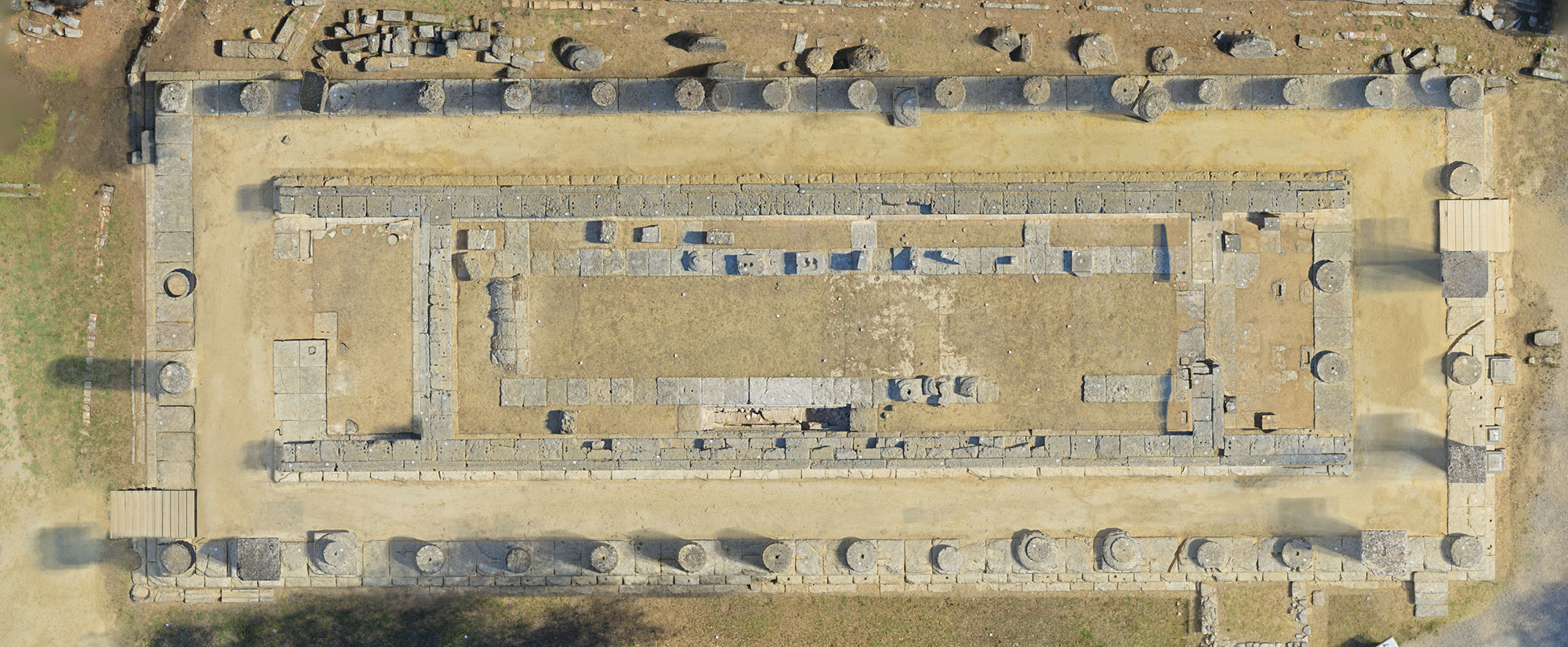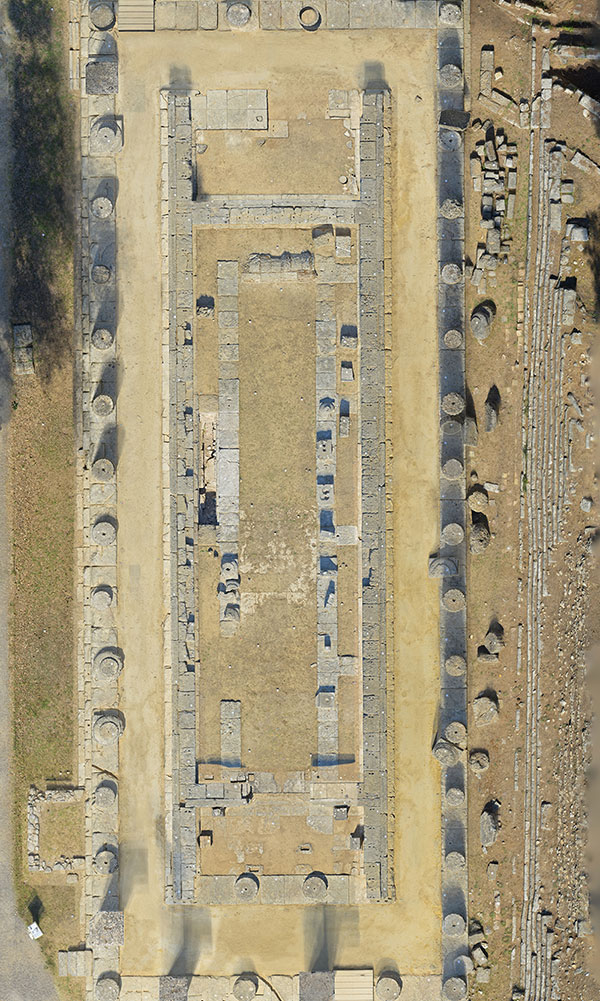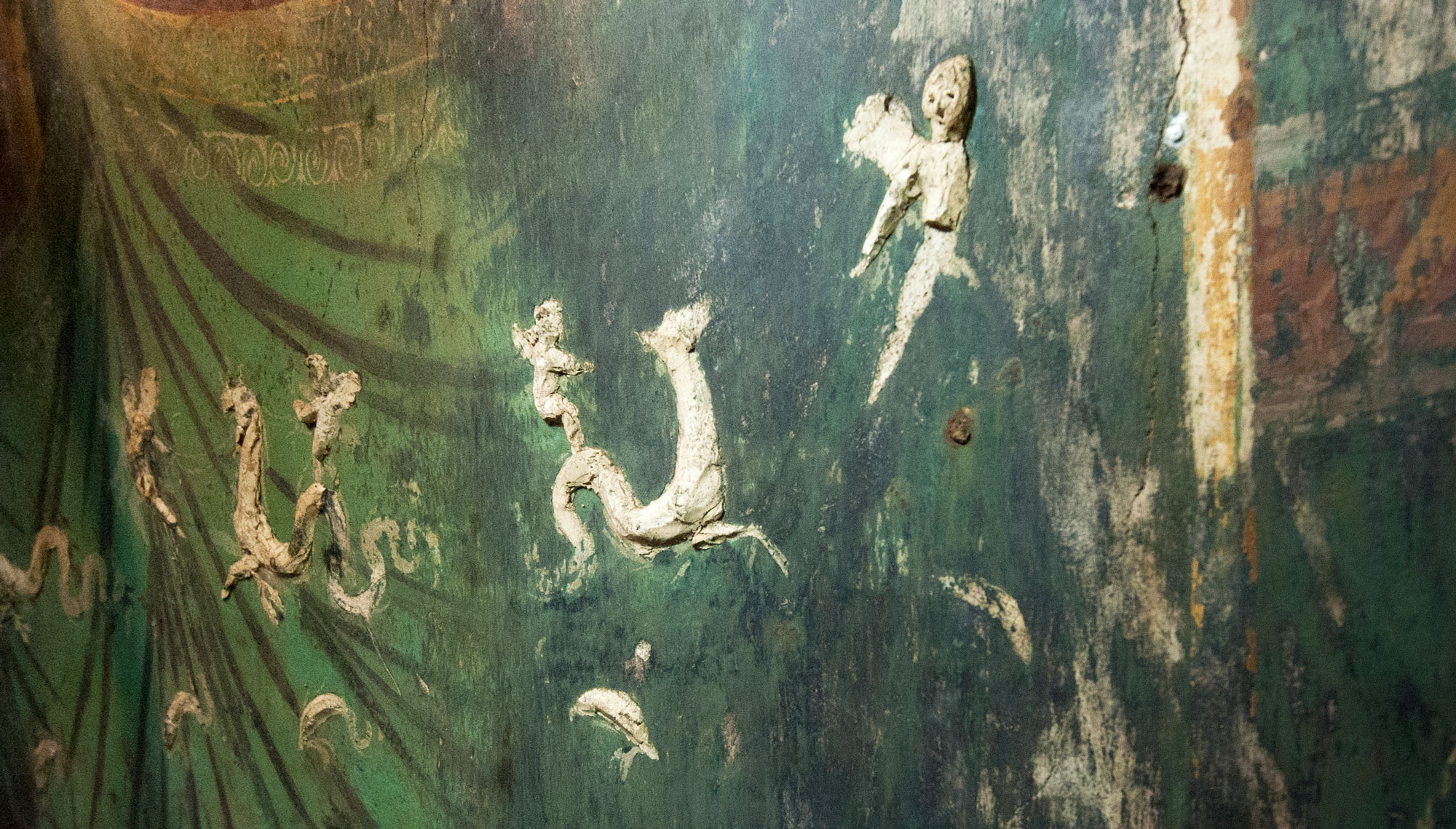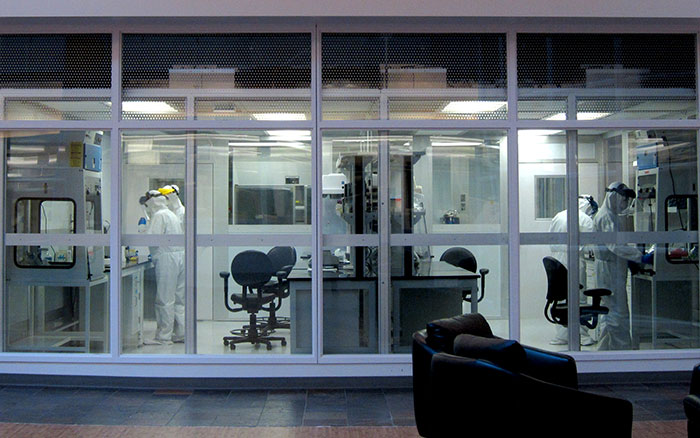
In 1838, a cache of silver was found at Ley Farm in Aberdeenshire in northeast Scotland. While what came to be known as the Gaulcross Hoard might have originally contained more artifacts, only three pieces are known today from the original discovery. Almost 200 years later, archaeologists have gone back to the site and unearthed no less than 100 new silver artifacts from the hoard, including ingots, a crescent-shaped pendant, and a zoomorphic brooch, along with other jewelry fragments.
Some of the most interesting objects are what is termed hacksilver—plates, spoons, belt fittings, bracelets, and even coins that were deliberately broken, cut, or bent before being used as currency or melted down for reuse. “Our work is the first to acknowledge the existence of hacksilver extending beyond the Roman period and into the fifth and sixth centuries A.D. in Scotland,” says Alice Blackwell, who is studying the hoard as part of the National Museum of Scotland’s Glenmorangie Research Project. “It has long been apparent that silver was the main material used in early medieval Scotland to show wealth and power, but what we have lacked until now is any real understanding of how this most precious resource was managed.”











